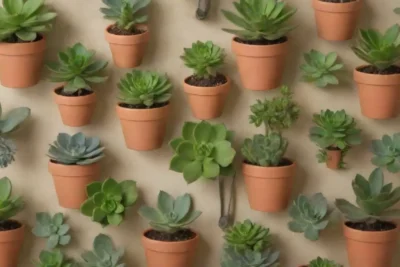
Finding the Right Gloves for Your Succulent Gardening Tasks
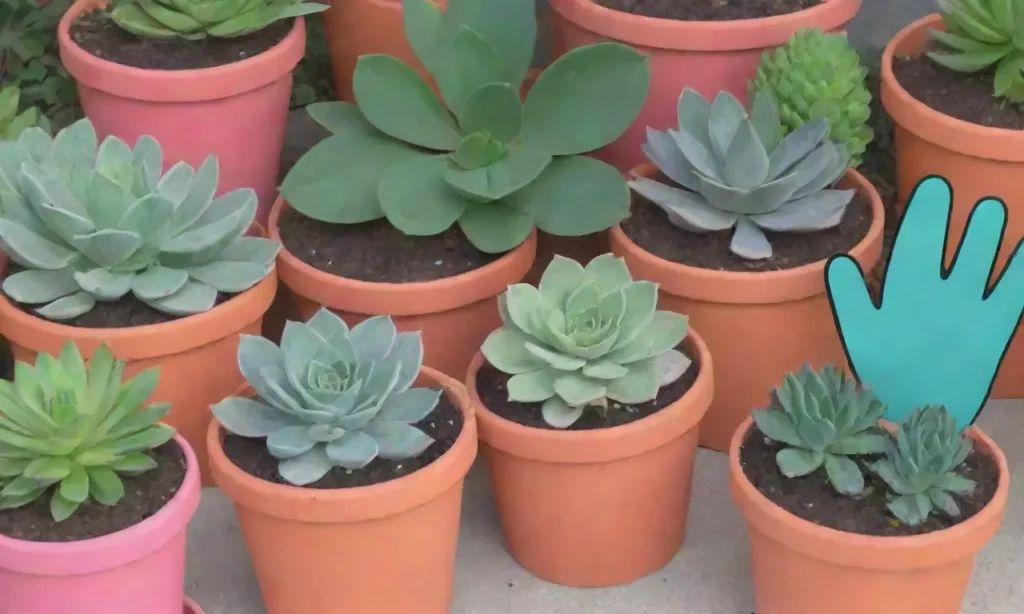
Introduction
As succulent enthusiasts, we understand that these resilient plants require special care and attention. Whether you're cultivating Echeveria, propagating Aloe Vera, or simply repotting your beloved Jade plant, the right gardening tools can significantly enhance both your enjoyment and efficiency during the process. One often overlooked tool in the gardening toolkit is the humble glove. While it may seem like a trivial accessory, selecting the appropriate gloves for succulent gardening is vital for protecting your hands from thorns, sharp leaves, and soil irritation. This article delves into the essential aspects of selecting the perfect gardening gloves tailored for succulent care, ensuring you have the right protection and comfort for those delicate tasks.
In this comprehensive guide, we will explore various glove materials, styles, and features that make them ideal for gardening with succulents. Additionally, we'll discuss the benefits of using gloves specifically designed for plant care and offer tips on how to maintain your gloves for long-lasting use. By the end of this article, you will be equipped with the knowledge needed to make an informed choice regarding your gardening glove selection and ensure a pleasant succulent gardening experience.
Understanding the Importance of Gloves in Succulent Gardening
When it comes to gardening, the primary role of gloves is to provide protection. Succulent gardening requires various tasks such as planting, transplanting, pruning, and cleaning up, all of which can take a toll on your hands. While many succulents are less prickly than their more aggressive counterparts, varieties such as Haworthia and Agave can possess sharp margins that might inflict cuts or scrapes. Wearing gloves acts as a barrier against these physical injuries while also shielding your fingers from soil-bound contaminants and irritants.
Moreover, gloves enhance your overall gardening experience by providing a better grip on the tools and plants, which can be particularly useful during potting or moving succulents. The right gloves can allow for unparalleled dexterity, helping you undertake detailed tasks that require sensitivity, such as removing offsets or adjusting the arrangement of succulent leaves. This dexterity is essential in succulent gardening—especially since many succulents thrive in compact spaces.
Finally, gloves can also contribute to your comfort during extended gardening sessions. Gardening often involves repetitive motions, which can lead to hand fatigue, discomfort, or even blisters on bare skin. The right pair of gloves can provide cushioning and support, allowing you to focus on your plants rather than the discomfort in your hands. In summary, gloves not only protect your hands but also improve your gardening experience by enhancing comfort and efficiency.
Types of Gloves Suitable for Succulent Gardening
Selecting the right gloves begins with understanding the different types available in the market, as each has its unique features and benefits tailored for varied gardening tasks.
1. Fabric Gloves
Fabric gloves are a popular choice for succulent gardeners as they offer a balance of comfort, flexibility, and protection. Made from materials like cotton or a cotton-polyester blend, these gloves are lightweight and breathable, ensuring your hands stay cool during warm gardening days. Their soft texture allows for superior dexterity, making them ideal for delicate tasks, such as handling small pots or individual leaves.
 Unconventional Gardening Tools That Work Wonders for Succulents
Unconventional Gardening Tools That Work Wonders for SucculentsWhen choosing fabric gloves, it’s essential to ensure they are thick enough to resist punctures but still flexible for ease of movement. While fabric gloves may provide limited protection against sharp thorns, they are suitable for general gardening tasks, such as watering and light pruning when succulents are free of heavy spines or sharp edges.
One drawback of fabric gloves is that they can become damp and muddy over time, leading to issues like reduced grip and moisture retention. However, many gardening enthusiasts find that the advantages in comfort and breathability outbalance these concerns, particularly for tasks involving only minimal physical risk.
2. Leather Gloves
Leather gloves offer a higher degree of protection than fabric counterparts. Specifically designed to withstand punctures and provide a barrier against thorns and sharp edges, leather gloves are excellent for gardeners who handle more robust succulent varieties. Their durable material is also resistant to abrasion, making them a suitable choice for heavy-duty gardening tasks.
Another significant advantage of leather gloves is their longevity. With proper care, they can last for many seasons, providing reliable protection and comfort. They often come lined with soft materials, enhancing overall wearability and ensuring that your hands do not chafe during extended wear. Additionally, leather gloves can be found in various styles, including short- and long-cuffed designs that can protect your wrists from dirt and scratches.
However, it's worth noting that leather gloves may lack the same level of dexterity as fabric gloves, which can make intricate tasks slightly more cumbersome. Therefore, when selecting leather gloves for succulent gardening, look for those designed with flexible articulations that allow for ease of movement and maintain a secure fit on your hands.
3. Gardening Gloves with Special Features
In recent years, many brands have developed gardening gloves with specific features tailored to the needs of gardeners. These gloves often combine the benefits of fabric and leather elements, including water resistance, additional padding, or unique grip technology. For instance, gloves may come lined with latex or rubber to offer extra protection against moisture and muddy conditions, ensuring your hands stay dry while you tend to your plants.
Some gloves also offer added breathability and moisture-wicking properties, ensuring maximum comfort during prolonged gardening tasks. Compression gloves, designed to reduce hand fatigue and add support to your wrists, are another innovative solution for avid gardeners. They can help alleviate the strain caused by repetitive motion and provide a snug fit while allowing notable dexterity—ideal for succulent propagation and handling fragile plant parts.
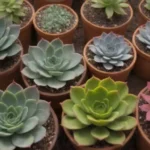 The Ultimate Guide to Succulent Fertilizers and Dispensing Tools
The Ultimate Guide to Succulent Fertilizers and Dispensing ToolsIt’s essential to evaluate your individual gardening needs and consider whether specific features would enhance your overall experience while working with your beloved succulents. As a gardener, you can benefit significantly from investing in gloves that suit your specific tasks, as they often combine various materials and technology to offer enhanced comfort and durability.
Choosing the Right Size and Fit
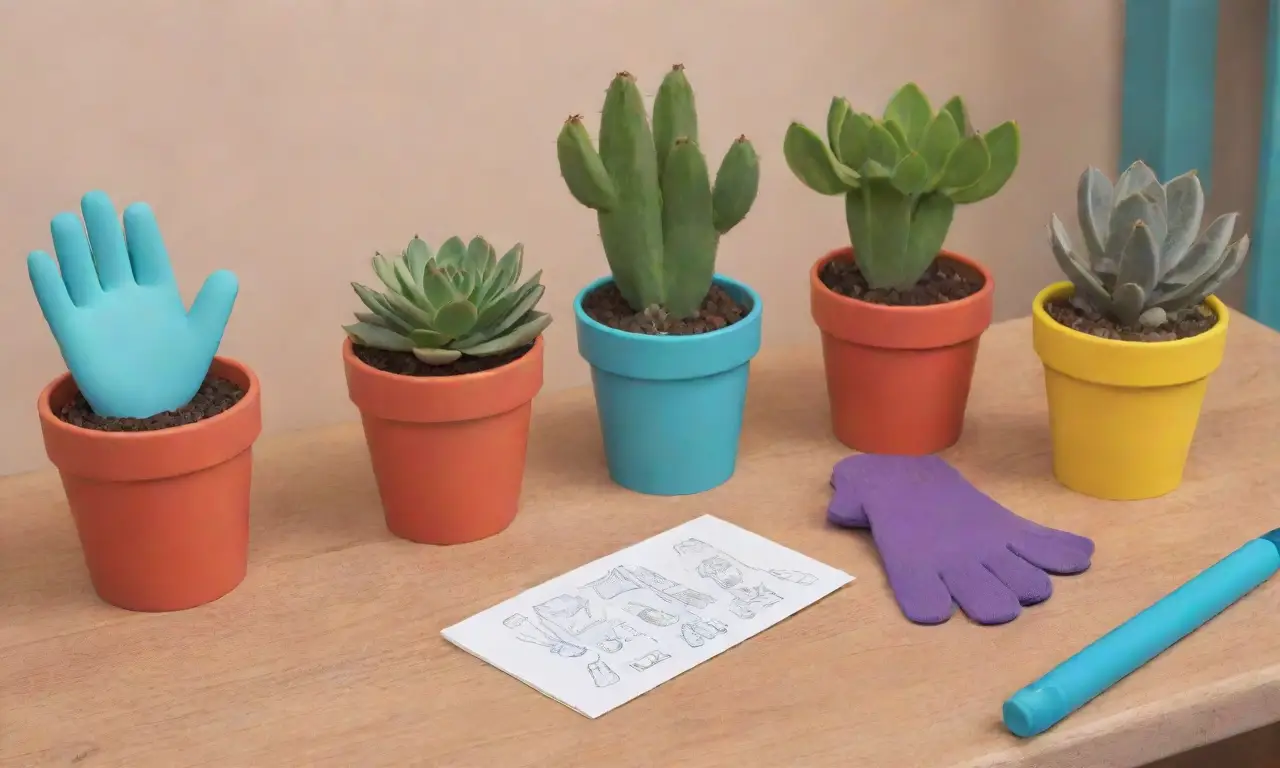
Once you’ve narrowed down your options for materials and features, selecting the right size and fit is critical for ensuring comfort and effectiveness in your gardening tasks. Gloves that are too tight can restrict movement and cause discomfort, while those that are too loose can compromise your grip, making it difficult to manage delicate plants or tools.
1. Measuring for the Perfect Fit
To find your ideal glove size, take a measuring tape and carefully measure the circumference of your dominant hand (the one you use most often) around the knuckles, excluding your thumb. This measurement will help you determine which size, typically labeled in small, medium, large, or extra-large, will best fit your hands. It's important to check the specific sizing chart offered by each manufacturer since sizes may vary across brands.
Additionally, consider trying on gloves before purchasing whenever possible—different brands may have slight differences in fit even when labeled with the same size. Pay attention to how the gloves fit at the fingers and wrist and check for any potential discomfort.
2. Flexibility and Comfort
While sizing is an essential element, assessing the flexibility and comfort of the gloves is equally important. As you try on different gloves, move your fingers and palms to ensure they allow ample range of motion. The gloves should feel snug enough to maintain grip without any strain or pinching. Look for adjustable wrist closures or elastic bands that enable a more customized fit, limiting the entry of dirt or debris while you garden.
3. Testing grip and dexterity
Before finalizing your purchase, take a few moments to test how well the gloves allow you to grip garden tools such as pruners or trowels. It’s advisable to select gloves that enhance your ability to handle your equipment confidently. When handling succulents or delicate materials, ensure you can easily manipulate the plant without risking damage.
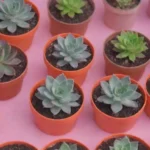 Top 10 Hand Tools for Ultimate Succulent Care and Maintenance
Top 10 Hand Tools for Ultimate Succulent Care and MaintenanceMaintaining and Caring for Your Gardening Gloves
Once you've selected the perfect gloves for your succulent gardening tasks, it's essential to maintain them properly to extend their lifespan. Adopting a few basic care practices can make a significant difference in how long your gloves hold up and how well they perform.
1. Cleaning Care Instructions
For fabric gloves, it's generally recommended that you wash them by hand with a mild detergent, ensuring you rinse them thoroughly to avoid any detergent residue. This can be especially helpful after working with soil or if you accidentally touch any plant irritants, ensuring that your gloves remain hygienic.
For leather gloves, proper cleaning is critical to maintaining their structural integrity. Wipe them gently with a damp cloth to remove any dirt and debris. You can also use specialized leather cleaners to maintain the material's suppleness. It's advisable to avoid soaking leather gloves, as excess moisture can cause them to stiffen or even shrink.
2. Drying Techniques
After cleaning, allow your gloves to air dry in a well-ventilated area away from direct heat or sunlight, as excessive heat can warp or damage both leather and fabric materials. If your gloves become entirely soaked, consider placing them in a separate area to maintain their structural integrity and allow them to dry evenly.
3. Proper Storage Solutions
The way you store your gloves can also impact their longevity. After washing and drying, store them in a cool, dry place, preferably in a fabric bag that allows for proper air circulation. Avoid keeping them in damp or humid spaces, as this may lead to mildew or degradation of the materials over time.
Conclusion
In conclusion, selecting the right gloves for your succulent gardening tasks is an essential step in ensuring an enjoyable and efficient gardening experience. By understanding the different types of gloves available, considering factors such as fit and features, and committing to proper maintenance, you can enhance both the comfort and protection of your hands while tending to your beloved plants.
Whether you prefer lightweight fabric gloves for delicate work, durable leather gloves for tougher tasks, or specialized options with innovative features, there’s a solution out there for everyone. Ultimately, the right gloves will not only protect you from potential injuries but will also elevate your entire gardening experience, allowing you to focus your energy on nurturing and caring for your succulents.
 Garden Forks and Spades: Tools Your Succulent Garden Deserves
Garden Forks and Spades: Tools Your Succulent Garden DeservesBy incorporating the knowledge and insights shared gathered through this guide and finding gloves that match your specific needs, you can spend more time enjoying the joy of succulent gardening while keeping your hands safe, comfortable, and ready to tackle whatever gardening challenge comes your way. Happy gardening!
If you want to read more articles similar to Finding the Right Gloves for Your Succulent Gardening Tasks, you can visit the Gardening Tools category.


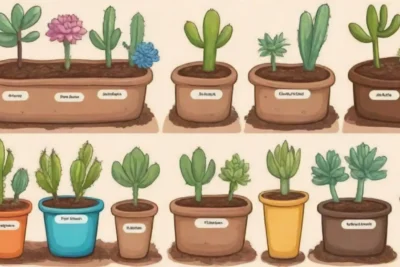

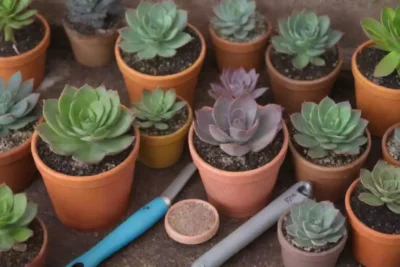

You Must Read